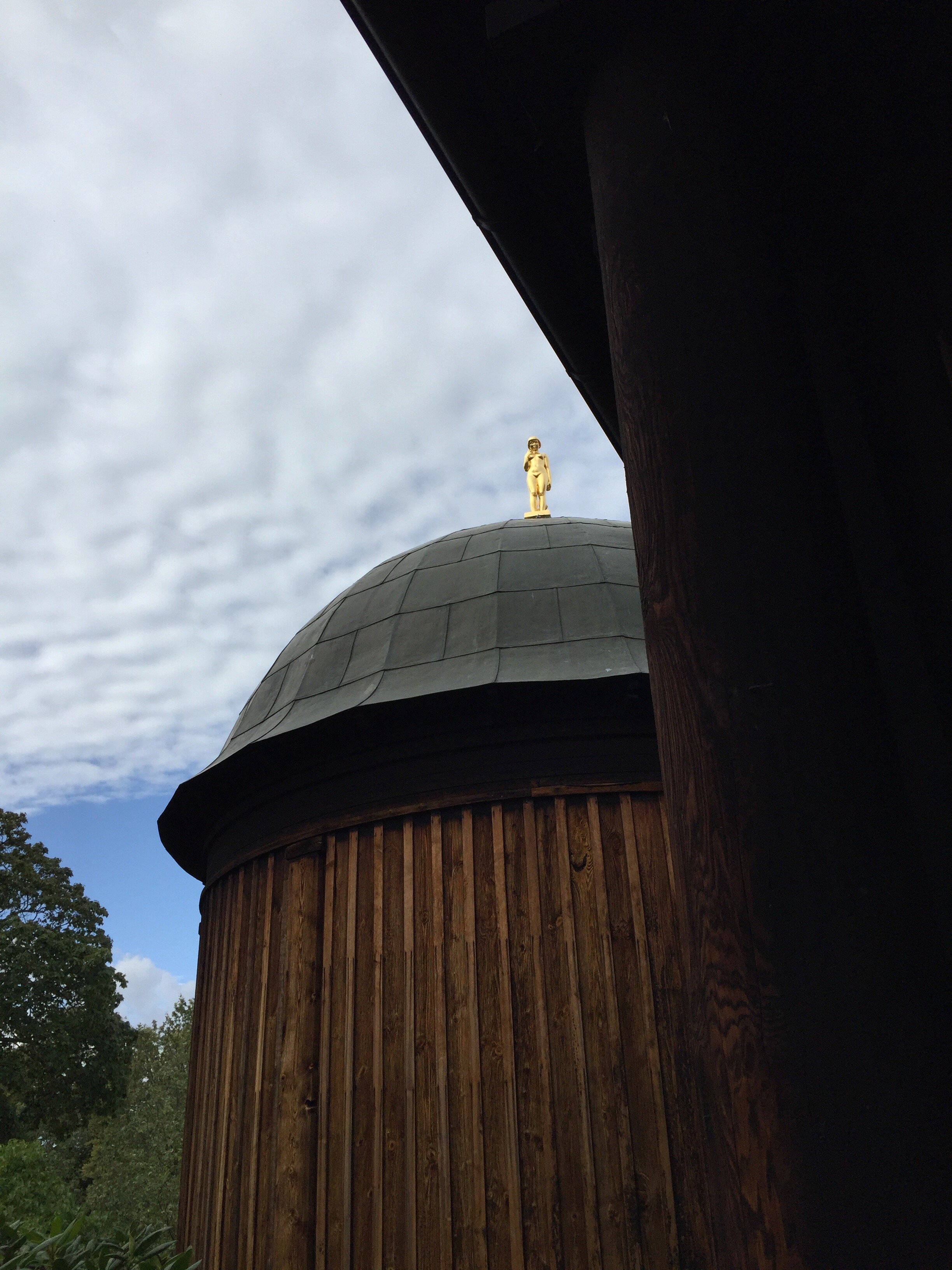Visit to Carl Eldh Studio
Carl Eldh (1873-1954) was one of Sweden's most prominent sculptors during the first half of the 20th century. The studio in which he worked and lived for more than three decades is now preserved as a museum.
This unusual wooden building was designed in 1919 by the architect Ragnar Östberg, who also designed the Stockholm City Hall and other buildings of note, and it contains several hundred sculptures by Carl Eldh. There are statuettes from the artist's years as a student of art in Paris, there are busts, preliminary sketches and original models of well known sculptures such as Youth, The Olympic Runners, The Titan and The Branting Monument, all kept as when Eldh himself lived there. This well-preserved setting has few counterparts in Europe and therefore provides interesting insight into the sculpturing profession's particular demands and a prominent artist’s life.
The museum is situated in idyllic Bellevue Park which borders to Vasastan, a densely built-up area of Stockholm. The sheltering environment on Bellevue Hill and its panoramic view of Brunnsviken and Haga were important factors in Carl Eldh's decision to locate his studio on this spot. Here Eldh was able to benefit from the northern light which is so important to a sculptor. The garden belonging to the studio made it possible for him to work in the open air. Even today, the surroundings in and around Eldh's studio are filled with the light and calm that once led the artist to settle here.
Carl Eldh Studio Museum opened to the public in 1963, nine years after the artist's death. The building and its content has remained largely untouched since Carl Eldh himself lived and worked in the studio. Sketches in plaster and clay stand next to large plaster casts, as in the days of Eldh.
The museum exhibits works of art from every period of Carl Eldh's life, covering his rich and varied production. The two studio rooms are filled with statuettes, portrait busts and sculpture groups, as well as preliminary sketches to the many monuments he created. Most sculptures are in plaster, a smaller number of artworks are made in stone and bronze.
Carl Eldh's unassuming personality is reflected in the museum, where the fragile plaster of the sculptures together with the simple décor help to create the special atmosphere of the studio. This well-preserved museum has few counterparts in Europe, and therefore provides a unique insight into the life and work of an artist during the first half of the 20th century.












